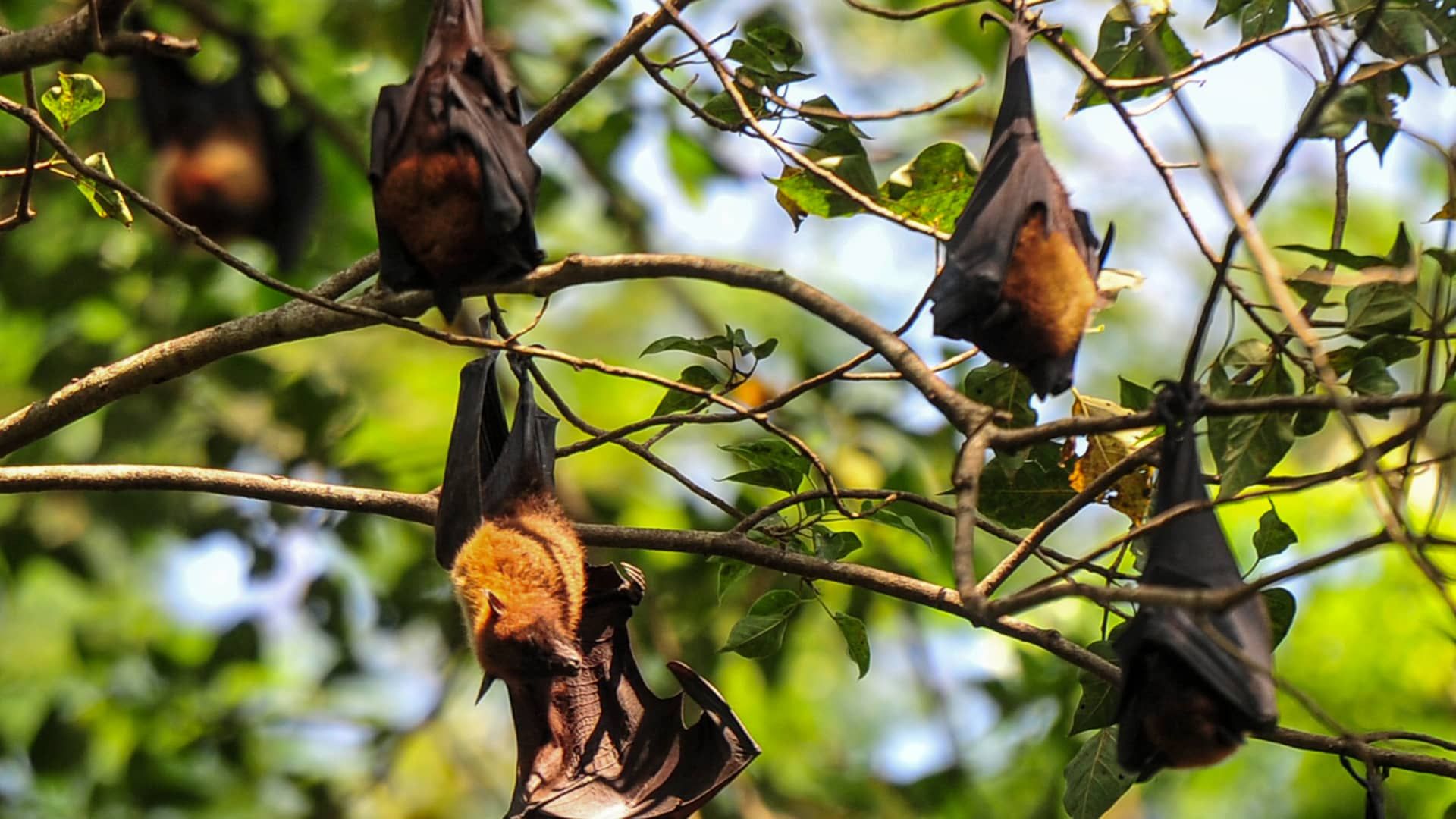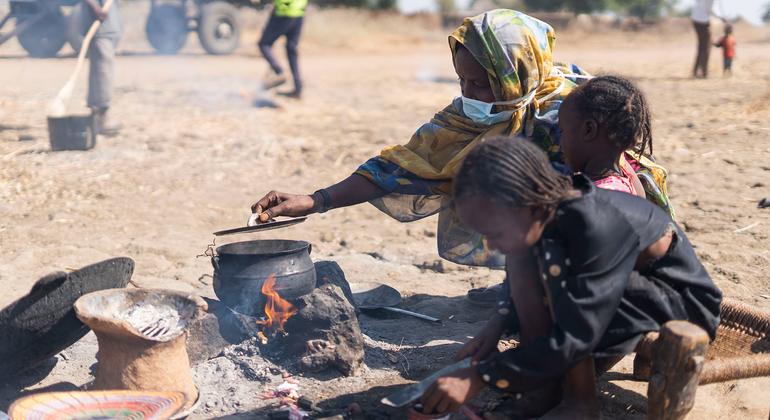Fruit bats hanging from tree branches in daylight. Bats are believed to be one of the carriers of the Nipah virus, a zoonotic disease that is transmitted from animals to humans.
Eyepix Group | Future Publications | Getty Images
Health authorities in the southern Indian state of Kerala are on high alert following the latest outbreak of the deadly Nipah virus.
This comes after a 14-year-old boy died from an infection over the weekend and as authorities race to trace those who came into contact with him.
Kerala Health Minister Veena George said on Tuesday that close relatives of the teenager had tested negative for the virus, according to local media reports. She added that precautionary measures such as wearing masks in public areas cannot be lifted yet.
The state health minister earlier said 60 people had been identified as being in the high-risk category for the disease. All those identified as high-risk are being tested for the virus.
The Nipah virus, which partly inspired the fictional virus “MEV-1” in the 2011 Hollywood film “Contagion,” is considered one of the most dangerous pathogens circulating in nature.
First identified 25 years ago in Malaysia, the fatality rate for Nipah disease is estimated to be as high as 75% and it has been cited as a disease that could trigger another pandemic. There is currently no vaccine to prevent infection and no treatment to cure it.
The Nipah virus is transmitted to humans through animals such as fruit bats and pigs. The virus is known to cause a lethal fever that leads to brain inflammation in humans.
The World Health Organization says human infections can range from asymptomatic infection to acute respiratory infection.
A health worker wearing protective gear moves a woman with Nipah virus symptoms to an isolation ward at a government hospital in Kozhikode, in the southern Indian state of Kerala, on September 16, 2023.
Afp | Getty Images
Dr Roderico H Ofrin, WHO Representative in India, said on Tuesday that the latest outbreak of Nipah virus in Kerala appeared to pose a “low risk” of further transmission.
“The Kerala government has conducted active and thorough contact tracing. 60 people had close contact with the 14-year-old who died and have therefore been categorised as high-risk contacts. All of them are being tested for the virus,” Ofrin told CNBC in an emailed statement.
“Considering the transmission dynamics of Nipah virus itself and the current assessment and number of cases, this outbreak appears to have a low risk of further transmission.”
Nipah virus outbreaks
Ofrin said the reason for Nipah virus outbreaks in Kerala was “multifactorial” but stressed that the southern Indian state has an “excellent” system in place to identify, detect and record all suspected cases, leading to immediate public health measures.
Before the latest outbreak, the Kerala state government had reported four separate outbreaks of the Nipah virus in the region since 2018.
Health workers wearing protective gear move people who have been in contact with a person infected with the Nipah virus to an isolation centre at a government hospital in Kozikode, Kerala state, India, September 14, 2023.
Afp | Getty Images
In an investigation published last year, Reuters reported that extensive tree loss and rapid urbanization in Kerala over the past few decades had created ideal conditions for the Nipah virus to emerge.
A separate report identified Kerala as one of the world's most important so-called “hopping zones” – a term used to describe areas most conducive to bat-borne viruses infecting humans.
India's National Centre for Disease Control, which is leading the response to the outbreak, was not immediately available to provide an update when contacted by CNBC on Wednesday.












